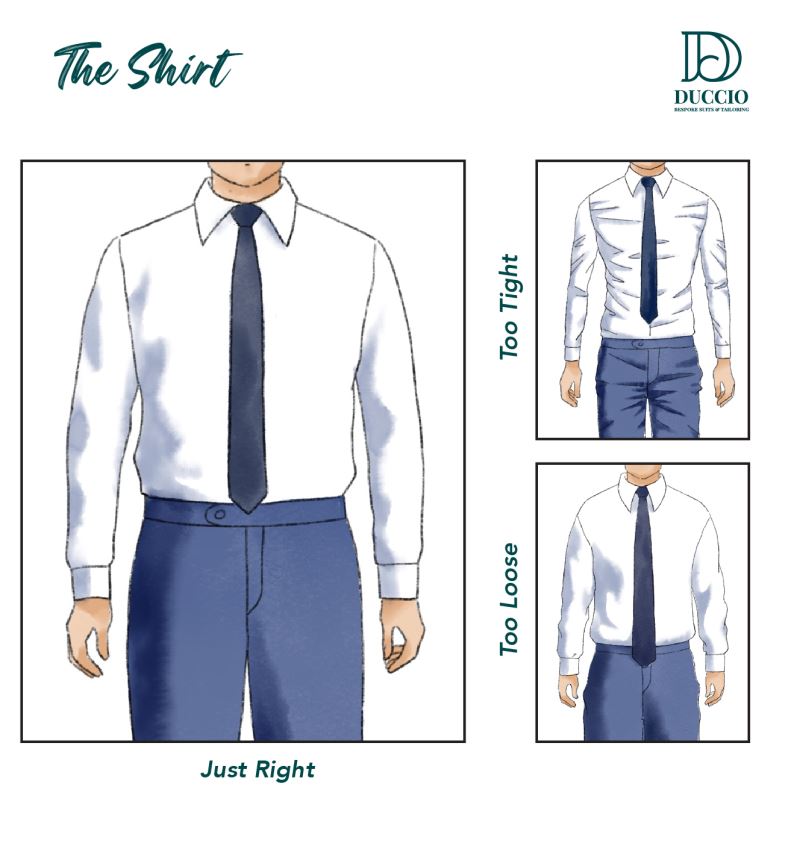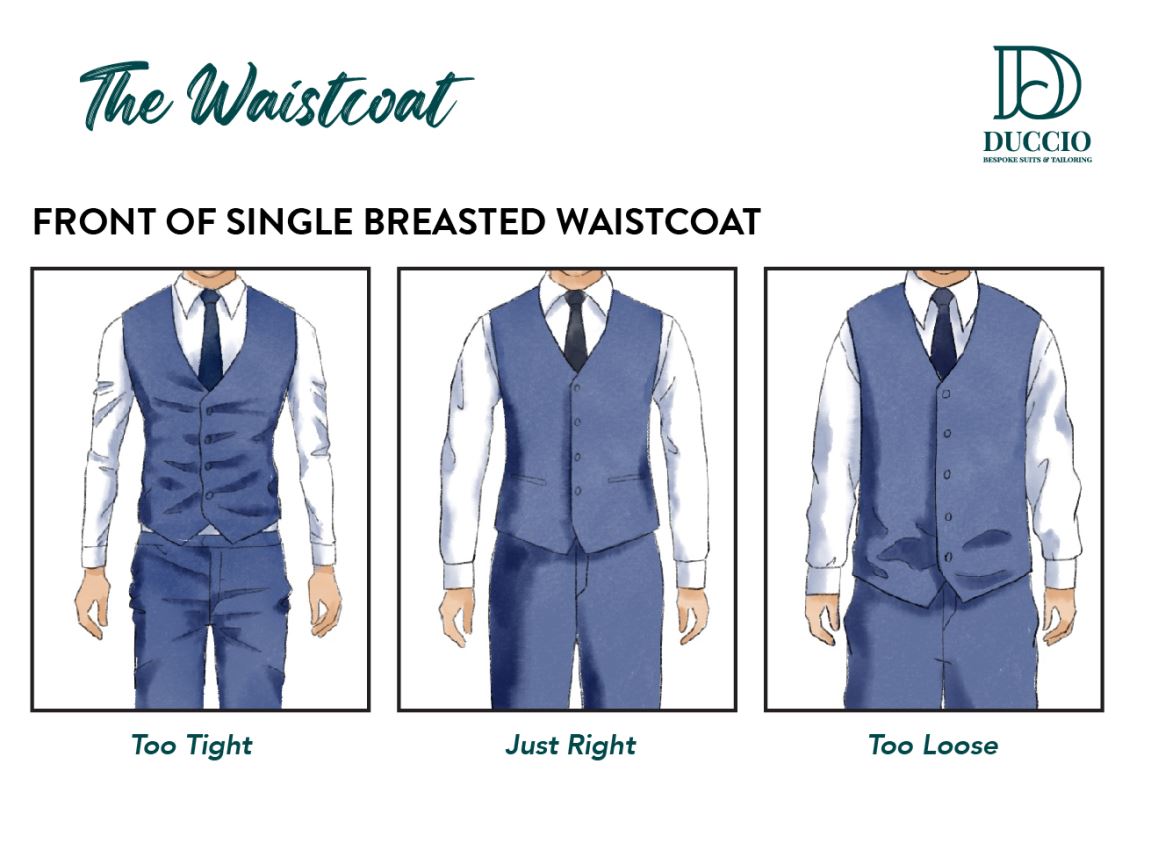A great suit ages well, stands up to the elements and becomes part of your life.
Menswear is chock full of “rules” that theoretically apply to anyone wearing men’s clothes. Jacket sleeves end at a certain length, trouser waistbands hit at a certain point, and shirts fit in a certain way.
This is wonderful in the hypothetical world, but practically speaking, it’s a different ball game. Not all men are created physically equal, and we have to account for different body types when we talk about getting dressed. To that end, we’ve put together a collection of articles that detail the ins and outs of various rules in wearing clothes.
You’ll receive suggestions around what to wear, typical sizes for your body type, and more.
What to look for in a great look?
At Bespoke concept, we believe that the fit of a suit is far more important than the quality of the materials and style. Therefore, this guide will quickly cover the most important points into make sure that you wear a suit that fits nicely.
Jacket & trousers fitting: Being one of the most complex and arguably important items in a man’s wardrobe, a suit requires knowledge to pull off properly.
Waistcoat & dress shirt fitting: Dress shirts and waistcoat are an essential component of menswear. However, we’re all guilty of occasionally treating them as an afterthought.
The Jacket
- Shoulders: No narrower and only barely wider than your own. Too wide makes your head look small, too narrow makes your head look big.
- Collar: Sits flush against your shirt collar and allows 1/2″-3/4″ of shirt collar to be visible above that of the jacket.
- Shoulder blades: Back of jacket lays as smoothly as possible across the shoulder blades. No horizontal lines, which indicate that the jacket is too tight. No billowing material, which indicates that the jacket is too big.
- Button stance: Top button of a two-button jacket (or middle button of a three-button) should hit about 1.5″-2″ above your navel.
- Vents: They stay closed. Vents that open when the jacket is buttoned means it’s too tight.
- Jacket length: Hits at the second knuckle of the thumb and just barely covers your rear end. Depending on your height and arm length, some permutation of these two concepts will give you your proper jacket length.
- Sleeve length: Allows 1/4″-1/2″ of shirt sleeve (linen) to show.
- Body: Should have as much of an hourglass shape as possible while not pulling at the front buttons. Chest lays flat against your own, and lapels lay smoothly without buckling.


The Pants
- Waist: Snug but not tight, should be able to be worn without a belt. If it bunches with a belt it’s too big. If you have difficulty buttoning it, it’s too small.
- Seat: Lays smoothly across your rear end with minimal ripples. Horizontal lines mean it’s too small, excess material means it’s too big.
- Rise: Refers to the distance between top of the waistband and the fork in the crotch and helps determine where the pants will sit on your body. Traditional men’s trousers sit at the natural waist (near the navel) and thus have a longer rise. Make sure you pull your suit trousers up as far as your anatomy will allow so you can get a feel for their true rise.
- Length: The terms inseam or inside leg are generally used, or the distance from the fork in the crotch to the hem. Trousers can be shortened and lengthened very easily so long as there’s enough material to do so.
- Break: The amount of trouser material that lays on your shoe. Referred to in terms of large, medium, slight, or no break. We suggest a slight break.
- Taper: Trouser legs should get narrower as they get closer to your ankle, within reason. No bell bottoms, and no skinny pants.
The Waistcoat
- Body: Should lay smoothly against your own while still looking slim. There should be no pulling at the buttons and little stress around the back. If there’s an adjuster in the back, it should mostly be for show, not to achieve a certain fit.
- Length: Whether single- or double-breasted, a waistcoat should always cover the waistband of your suit trousers. Some casual waistcoats are cut a bit shorter, but that won’t work for a true three-piece suit. Single-breasted waistcoats should finish about an inch below your trouser waistband, while double-breasted ones should finish just at the bottom of your trouser waistband.

The shirt
- Collar: Should be snug enough to not look sloppy but still allow you to get a finger or two in between the collar and your neck.
- Shoulders: Should sync up with your own shoulders even more closely than those of a suit jacket. The shoulder seams should sit right at your own, being neither too close to your neck nor drop-shoulder.
- Body shape: Should be slim against the torso while tapered at the natural waist. Many well-made shirts bell back out around the bottom to accommodate the wearer’s hips.
- Length: Should be long enough to stay tucked into your trousers with no issue. Usually this means that it hits at the fork in the trouser crotch. Shirts you can wear untucked can end about halfway down your fly.
- Sleeves: Shirtsleeves end at the break of the wrist and no further.
- Cuffs: Cuffs should be small enough to leave minimal space around the wrist but large enough to not pull when buttoned. French cuffs should be in the shape of a horseshoe, more or less. Custom shirts will be able to accommodate a watch on one wrist.
Being one of the most complex and arguably important items in a man’s wardrobe, a suit requires knowledge to pull off properly. With above guide to the essential elements of a suit, you’ll learn how they should fit.











